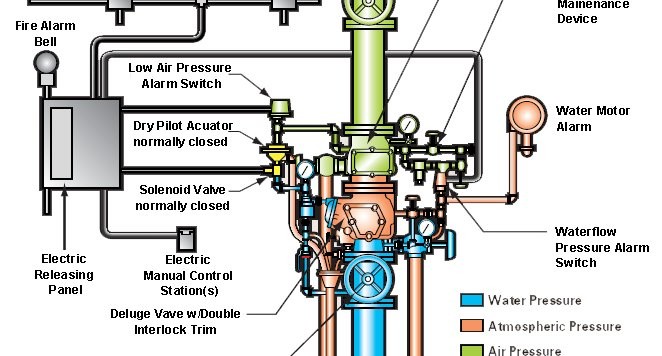 Table 17 indicates the size of the Pre-action system and assumes that it is activated by an FG-controlled fire alarm system.
Table 17 indicates the size of the Pre-action system and assumes that it is activated by an FG-controlled fire alarm system.
Unless the preaction system is used in a frost-proof area, the installation must be carried out as a drying system.
Clause 11.2.1 for requirements in connection with Nitrogen or air filling.
It is a requirement that the pre-action valves are equipped with a device that allows manual activation.
This is completely independent of the detection system.
CEA4001: 2017 lists permitted alternative Pre-action solutions in addition to those described in
NS-EN12845.
Alternative Pre-action installations described in CEA shall satisfy the following functions:
a) Pre-action installation type A2: Single interlock
This is a system pressurized with air or inert gas where the control valve set is activated by a
automatic detection system, but not when activating a sprinkler. In the case of the detection system
is out of operation or will not be able to operate the control valve set, the system will not be activated automatically.
The air or gas pressure on the installation must be continuously monitored.
b) Pre-action installation Type C: Double interlock:
This is otherwise a drying system where the control valve set lets water into the system when activated
both a detection system and simultaneous pressure drop in the pipe system (activation of sprinklers).
The control valve set will not be able to be activated from only one of them.
Note: type C pre-action installations should only be used in areas where water outflow can
inflict significant damage. Typical area is in cold storage.
Sprinkler orientation:
All sprinklers in pre-action installations must be mounted upright, except where used
downward dry sprinklers or horizontal wall sprinklers.
Note: Downward orientation can be used in areas that may not be exposed to frost
if this is accepted by the authority. In such cases, the size of the facility must be carefully considered.
Maximum delivery time for water:
Maximum delivery time for water measured at the most unfavorably placed test valve shall not be more
than 60 seconds for HH and 90 seconds for OH and LH.
Note: For type A2, the maximum delivery time for water is set so that the plant in the first place
behaves similarly to a wetland. For type C; set time is the same as for Drying.
